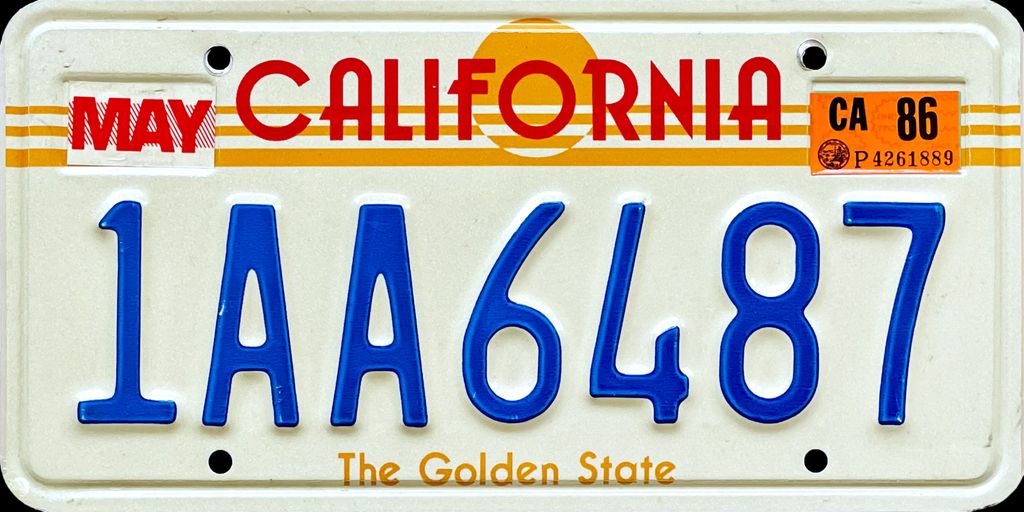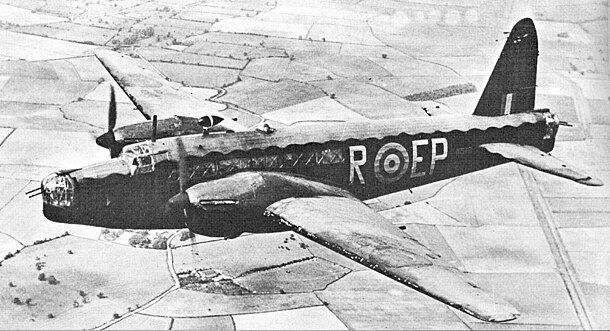
The world recently marked the passing of Flight Lieutenant John Cruickshank, a man whose life spanned more than a century and whose extraordinary courage during World War II earned him the Victoria Cross, the British and Commonwealth Armed Forces’ supreme recognition for valor. He was, until his death at 105, the last surviving recipient of this esteemed award from the Second World War, a testament to his remarkable longevity and the indelible mark he left on history. His passing was announced on Saturday by the Royal Air Force, confirming his death occurred the previous week in Aberdeen, Scotland, his birthplace.
Flight Lieutenant Cruickshank’s story is one of profound self-sacrifice and unwavering duty, embodying the highest traditions of military service even as he endured unimaginable pain. His actions on a fateful July day in 1944, battling a German U-boat in the Norwegian Sea, stand as a singular example of heroism that transcended personal injury and defied overwhelming odds. This comprehensive look at his life and military contributions serves to honor a man who truly represented the best of his generation.
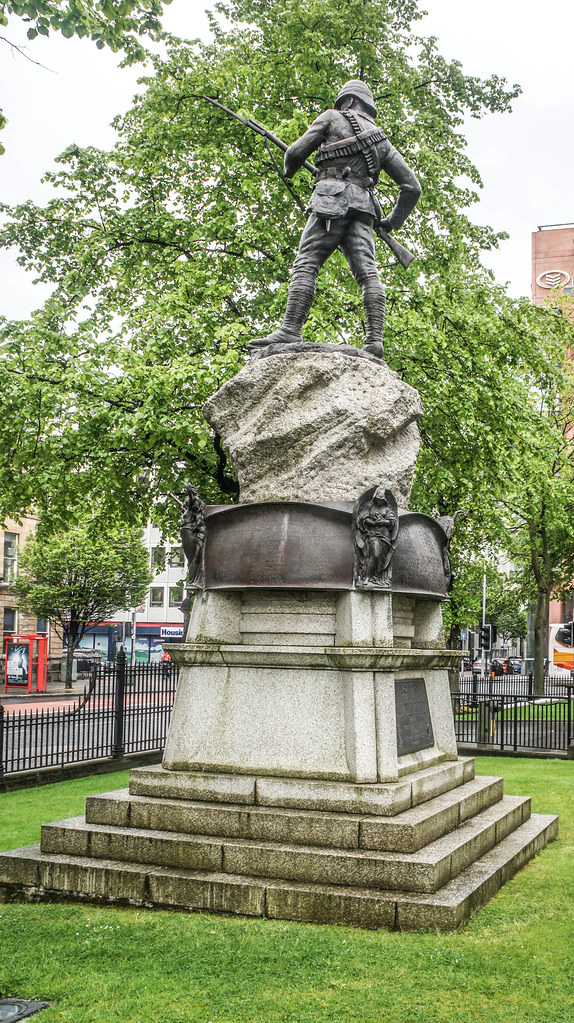
1. **The Passing of a Legendary Figure**:The world recently learned of the death of Flight Lieutenant John Cruickshank, who passed away at the age of 105. His death marks a significant moment, as he was the last surviving recipient of the Victoria Cross from World War II, a decoration bestowed for supreme valor in the face of the enemy. The Royal Air Force announced his death on Saturday, noting it had occurred the previous week, bringing an end to a life of extraordinary distinction.
Born in Aberdeen, Scotland, where he also retired in 1985 after a post-war career in banking, Flight Lieutenant Cruickshank’s longevity allowed him to carry the weight of history for decades. His status as the final living link to that specific cohort of heroes made his life, and his eventual passing, a poignant reminder of the sacrifices made during the global conflict. His dignified presence continued to inspire long after the war concluded.
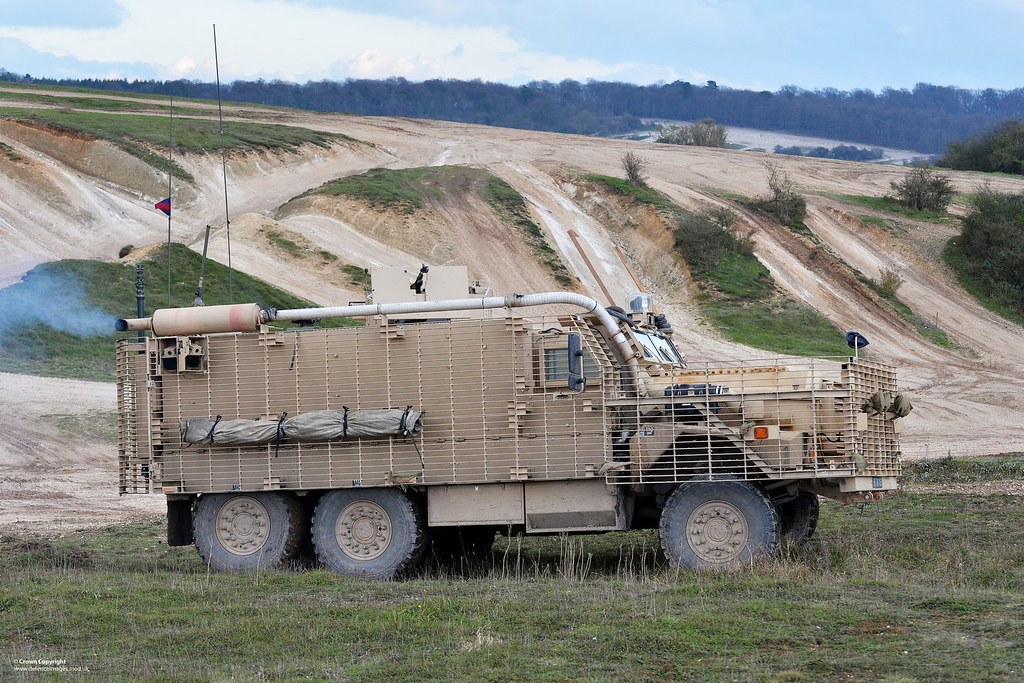
2. **Early Life and Foundations of Service**:John Alexander Cruickshank was born on May 20, 1920, in Aberdeen, Scotland. His early education took him to the Royal High School, Edinburgh, Aberdeen Grammar School, and Daniel Stewart’s College, laying the groundwork for his future endeavors. Prior to the outbreak of war, he began an apprenticeship with the Commercial Bank in Edinburgh, a career he would eventually return to after his military service.
Responding to the unfolding global crisis, Cruickshank enlisted in the British Army in May 1939, following his father’s suggestion, serving in the Royal Artillery. By the summer of 1941, his path shifted as he transferred to the Royal Air Force Volunteer Reserve, a decision that would lead him to the skies and into the annals of wartime heroism.
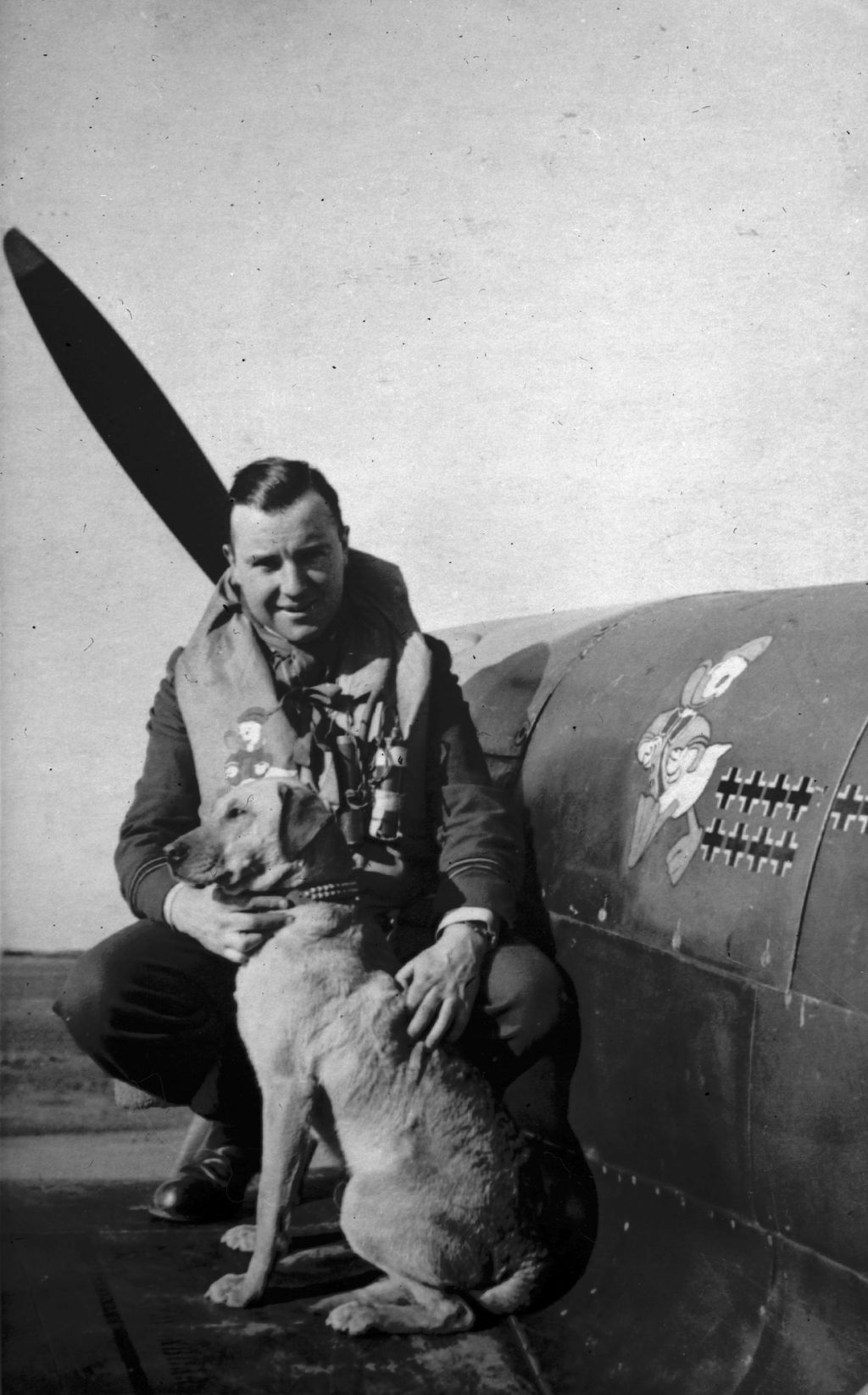
3. **Commission and Assignment to Coastal Command**:After joining the Royal Air Force Volunteer Reserve, John Cruickshank underwent rigorous flight training, completing his instruction in Canada and the United States. He earned his wings in July 1942, marking a crucial step in his military aviation career. On July 10, he received an emergency commission as a pilot officer in the RAFVR, swiftly rising through the ranks to flying officer by January 10, 1943.
Following further specialized training, he was assigned to No. 210 Squadron in March 1943. His unit operated Consolidated PBY Catalina flying boats from RAF Sullom Voe, an inlet in the Shetland Islands. This base was strategically vital for the Coastal Command, which played a critical role in protecting Allied supply convoys against German U-boats in the Atlantic Ocean and North Sea throughout World War II.
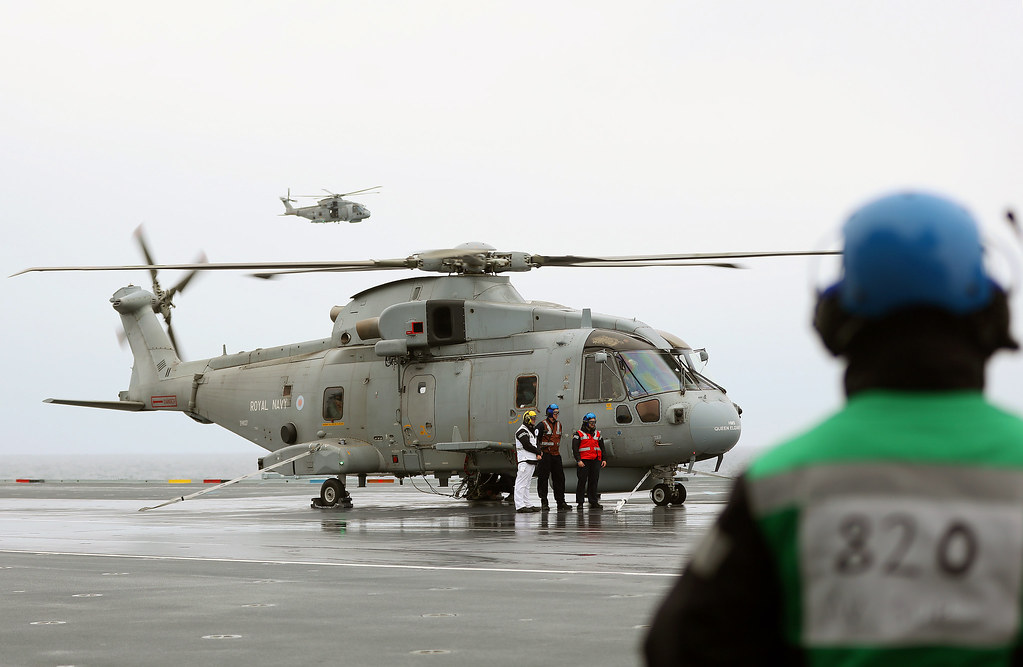
4. **The Fateful Patrol and Initial Encounter**:On July 17, 1944, Flight Lieutenant Cruickshank, then 24 years old and an experienced pilot with 48 patrols under his belt, was serving as captain of a Catalina flying boat. His mission, along with his 10-man crew, was to protect the British Home Fleet as it returned from the unsuccessful Operation Mascot raid on the German battleship Tirpitz in the Norwegian Sea. This ungainly-looking propeller craft was a widely used Allied seaplane, essential for anti-submarine warfare.
Towards the end of a long patrol, west of the Lofoten Islands of Norway, the Catalina’s radar suddenly lit up with a blip approximately 40 miles away. Initially surmising it to be a friendly vessel, Flight Lieutenant Cruickshank ordered a flare to be set off and a code letter to be flashed. However, the response confirmed it was indeed an enemy: the German submarine, U-361, immediately fired a barrage of flak, revealing its hostile intent.
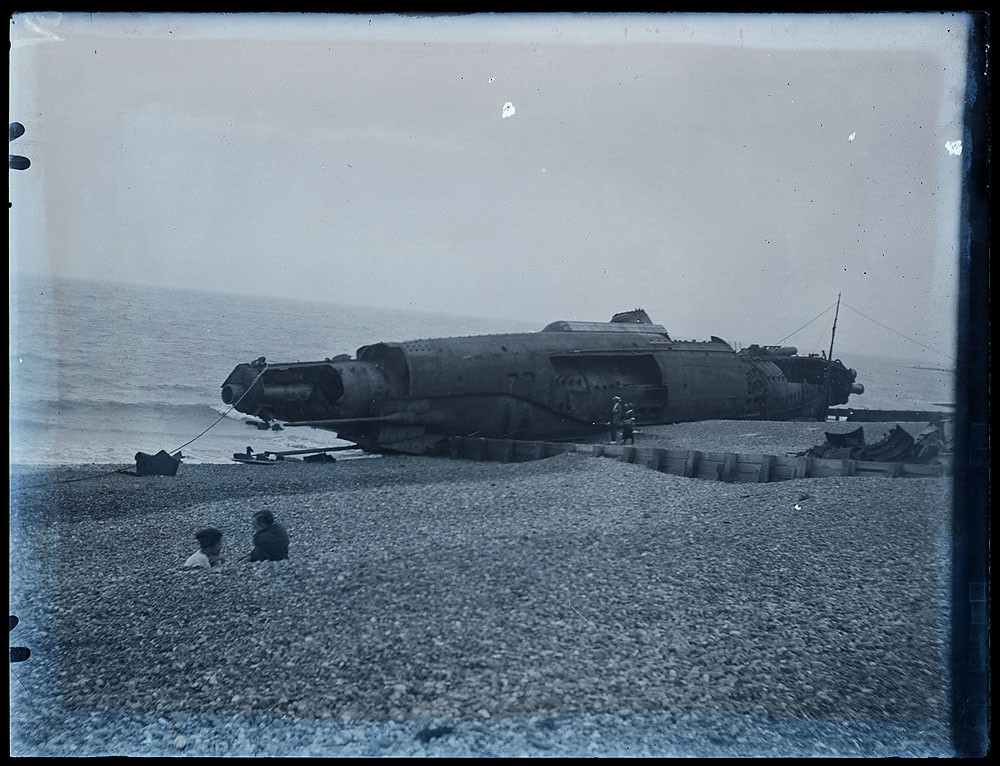
5. **The Valiant, Though Challenged, First Attack**:Upon identifying the U-boat, Flight Lieutenant Cruickshank swiftly initiated an attack, swooping low at just 50 feet above the waves. His Catalina raked the submarine with gunfire, a daring maneuver designed to suppress the enemy’s anti-aircraft fire and prepare for the release of depth charges. However, despite the intense engagement, a critical malfunction occurred: the aircraft’s depth charges failed to deploy.
This initial failure significantly altered the dynamics of the engagement. The element of surprise was lost, and the U-boat’s determined gunners were now fully aware of the Catalina’s presence and intentions. Flight Lieutenant Cruickshank faced a perilous decision, but without hesitation, he committed to a second pass, knowing the aircraft now presented a clear target.
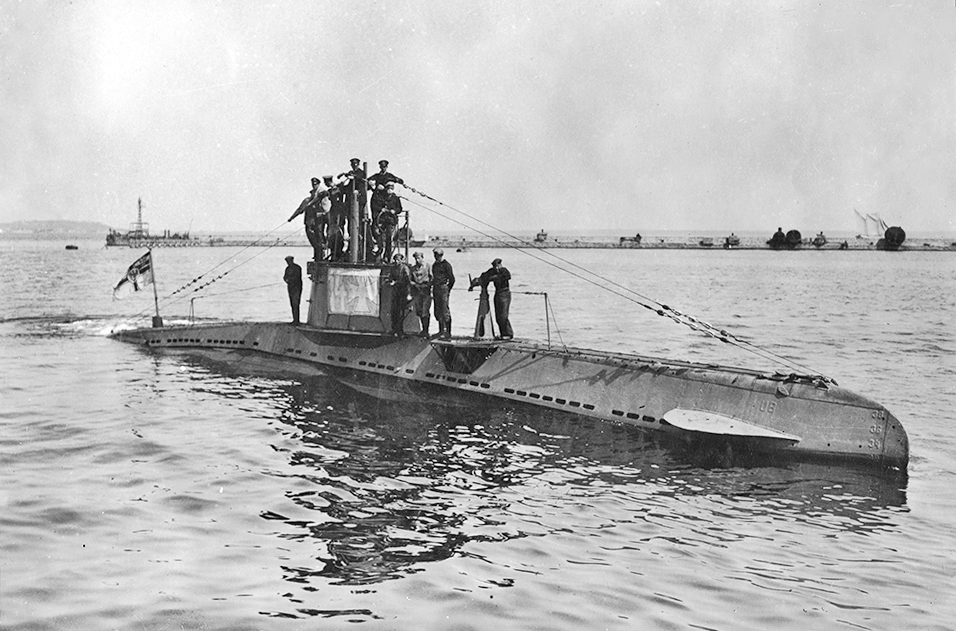
6. **The Decisive Second Pass and Sacrifice**:As Flight Lieutenant Cruickshank brought the Catalina around for a second run, the U-boat was fully prepared, unleashing an intense and accurate barrage of fire. The German shell exploded inside the airplane’s fuselage, instantly killing the bombardier, Navigator John Dixon, and seriously injuring other crew members, including the co-pilot. Flight Lieutenant Cruickshank himself was lacerated by shrapnel, hit in 72 places, with two serious lung wounds and 10 penetrating leg wounds.
Despite these grievous injuries and the chaos within the badly damaged aircraft, which was now filled with fumes from exploding shells, he did not falter. He personally released the depth charges, straddling the U-boat perfectly. This decisive action successfully destroyed the submarine, sinking U-361 with the loss of all 52 crew members, a testament to his unwavering focus and determination even in agonizing pain. He then collapsed, and the second pilot took over the controls.
Read more about: Israeli Cabinet Approves Controversial Plan to Take Control of Gaza City Amid Deep Divisions and Global Alarm

7. **The Arduous Journey Home and Unyielding Resolve**:After the successful attack, Flight Lieutenant Cruickshank, despite collapsing, recovered shortly and, though bleeding profusely, insisted on resuming command. He retained it until he was satisfied that the damaged aircraft was under control, that a course had been set for base in the Shetland Islands, and that all necessary signals had been sent. Only then would he consent to receive medical aid for his severe wounds.
Crucially, he refused morphine, knowing that his co-pilot, Flight Sergeant Jack Garnett, did not have the skills to land their amphibious seaplane by himself. He feared the drug would cloud his judgment and compromise the safety of his crew. During the arduous five-and-a-half-hour night flight back to Sullom Voe, he several times lapsed into unconsciousness due to severe blood loss. Yet, each time he regained consciousness, his first thought was for the safety of his aircraft and crew, demonstrating an unparalleled devotion to duty. Fuel was leaking from damaged lines, and the fuselage was severely gashed, making the return journey incredibly hazardous, yet he persevered through sheer force of will.
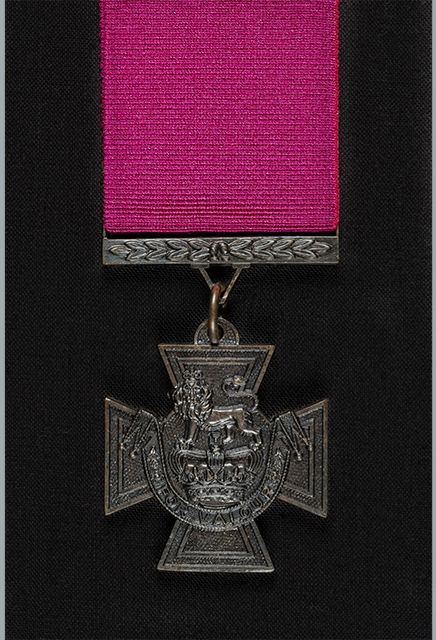
8. **The Victoria Cross: Supreme Recognition**:The Victoria Cross, the highest award for gallantry for members of the British and Commonwealth Armed Forces, stands as the paramount testament to Flight Lieutenant John Cruickshank’s extraordinary courage. It was bestowed upon him by King George VI himself, recognizing an act of valor that defied the limits of human endurance. The award citation vividly recounts his unwavering determination: “By pressing home his second attack in his gravely wounded condition and continuing his exertions on the return journey with his failing strength,” it read, “he seriously prejudiced his chance of survival even if the aircraft safely reached its base.”
This official commendation underscored not only his success in sinking U-361 but also the profound personal sacrifice he made in doing so. His decision to refuse morphine and to remain lucid, guiding his co-pilot despite his horrific injuries, exemplified an unparalleled devotion to duty. The citation concluded that “Throughout, he set an example of determination, fortitude and devotion to duty in keeping with the highest traditions of the Service,” a fitting tribute to a man who truly embodied the ideals of military service.

9. **Recovery and Transition to Civilian Life**:The severe injuries sustained by Flight Lieutenant Cruickshank during the U-boat attack rendered him unable to return to operational flying. After his remarkable recovery from wounds that included two serious lung wounds and ten penetrating leg wounds, he left the Royal Air Force in September 1946, closing a chapter of immense wartime heroism. His transition back to civilian life was marked by a return to his pre-war profession in banking.
He rejoined the Commercial Bank in Edinburgh, a career from which he would eventually retire in 1985, having spent decades in a vastly different, yet equally dedicated, professional life. This return to banking highlights a characteristic of many wartime heroes: their ability to integrate back into society, often with quiet resolve, carrying their experiences without outward fanfare. His civilian career spanned many years, reflecting a consistent work ethic and commitment throughout his long life.
Flight Lieutenant John Cruickshank’s life was a profound testament to the human spirit’s capacity for courage, resilience, and unwavering dedication. From the harrowing skies of the Norwegian Sea to his quiet dignity in civilian life, he exemplified the highest ideals of service. As the last surviving World War II Victoria Cross recipient, his story will resonate through history, a beacon of valor and humility that continues to illuminate the profound impact of one individual’s selfless bravery on the course of human events.


